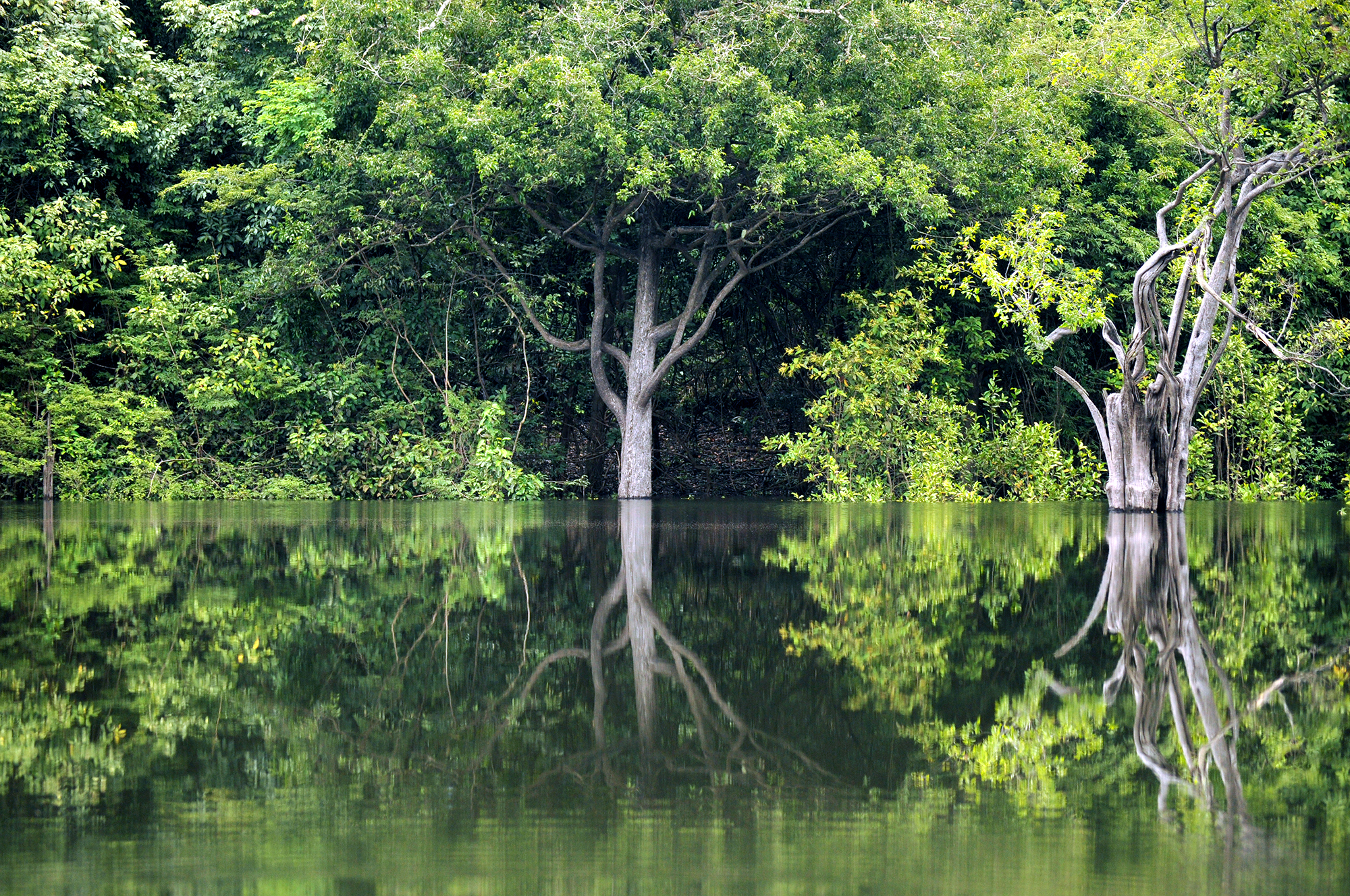Weather and climate modelling - WCSSP case study
The WCSSP Programme has made significant advancements to global modelling capability.
At the forefront of weather and climate modelling
Weather and climate models are essential for producing weather forecasts and studying the potential future impacts of climate change. These computer models solve complex mathematical equations to provide a representation of the weather and climate in the real world.
By bringing together global experts in weather and climate model development, the Weather and Climate Science for Service Partnership (WCSSP) Programme has made significant advancements to global modelling capability.
Advancing the simulation of clouds to improve rainfall predictions
Clouds play a key role in the weather and climate system, redistributing heat and moisture through the atmosphere, producing rain, and reflecting sunlight back out to space. It is extremely challenging to accurately represent clouds in weather and climate prediction models due to the complexities of cloud formation.

Researchers working on the WCSSP India and CSSP China projects have made significant progress in this area, delivering one of the most significant upgrades to the physics of the Met Office Unified Model (UM) in the last two decades. The UM is a numerical model of the atmosphere used for both weather and climate applications by a large global community of partners.
Met Office Scientist Dr Kalli Furtado said, “Improving the representation of clouds in our models is allowing us to produce better regional weather forecasts in the UK and India and develop new climate predictions”.
Evaluation work has shown this change has improved predictions of rainfall, showing better agreement with radar observations. This upgrade is helping to improve the accuracy of weather prediction and warnings of extreme rainfall as well as more robust projections of climate change.
“Based on these state-of-the-art climate models, we can further understand the sources of uncertainties in climate projections and find ways to make climate projections more reliable, which ultimately improves the usefulness of climate change information for aiding decision-making”, Dr Wenxia Zhang, Institute of Atmospheric Physics, China.
Improvements in land surface modelling
Rainfall changes in Brazil can have significant impacts, with extreme rainfall variations contributing to droughts, landslides and flooding. Processes such as evaporation, are key to rainfall creation, making land surface computer models that can realistically simulate these processes important tools to understand the impacts of climate change on future rainfall patterns.
CSSP Brazil research has improved the representation of soil moisture and plant physiology in a global land surface computer model known as JULES (Joint UK Land Environment Simulator).
This work enables an improved understanding of how ecosystems in Brazil might respond to climate change. It also supports the development of better predictions of future rainfall changes over Brazil.

“These developments have contributed to keeping JULES at the frontier of international land surface modelling. The enhanced model provides improved insights into the role of vegetated ecosystems across Brazil in the regional and global climate.” Andy Wiltshire, Head of Earth System and Mitigation Science, Met Office.
Development of high-resolution modelling capability
Researchers are focusing on several areas to improve weather and climate modelling. One of these is increasing the resolution of models to kilometre and sub-kilometre scales to capture processes in the atmosphere and oceans that occur on small scales.
Collaborative efforts between all WCSSP projects have led to the development of world leading modelling systems at kilometre scales. These high-resolution models are providing improved forecasts on small-scale weather phenomena such as severe storms.
Their use in South Africa during Tropical Cyclone Eloise in 2021, allowed targeted weather warnings to be issued which prompted better preparedness contributing to reduced impact on people and property.
The high-resolution models are also now able to run on longer timescales, delivering new sets of climate change simulations to improve understanding of future changes in regional climate. These simulations are being used to study urban influences on the present-day and future climate of Johannesburg, South Africa. The improved representation of rain shower and thunderstorm formation in these simulations has provided new insights into the relationship between the strength of the urban heat island effect and rainfall.
“The development of a high-resolution modelling capability across weather and climate timescales supported by WCSSP Projects is contributing towards the wider international collaboration for improving model performance, benefitting operational and research centres around the world” Cath Senior, Met Office Principal Fellow.


